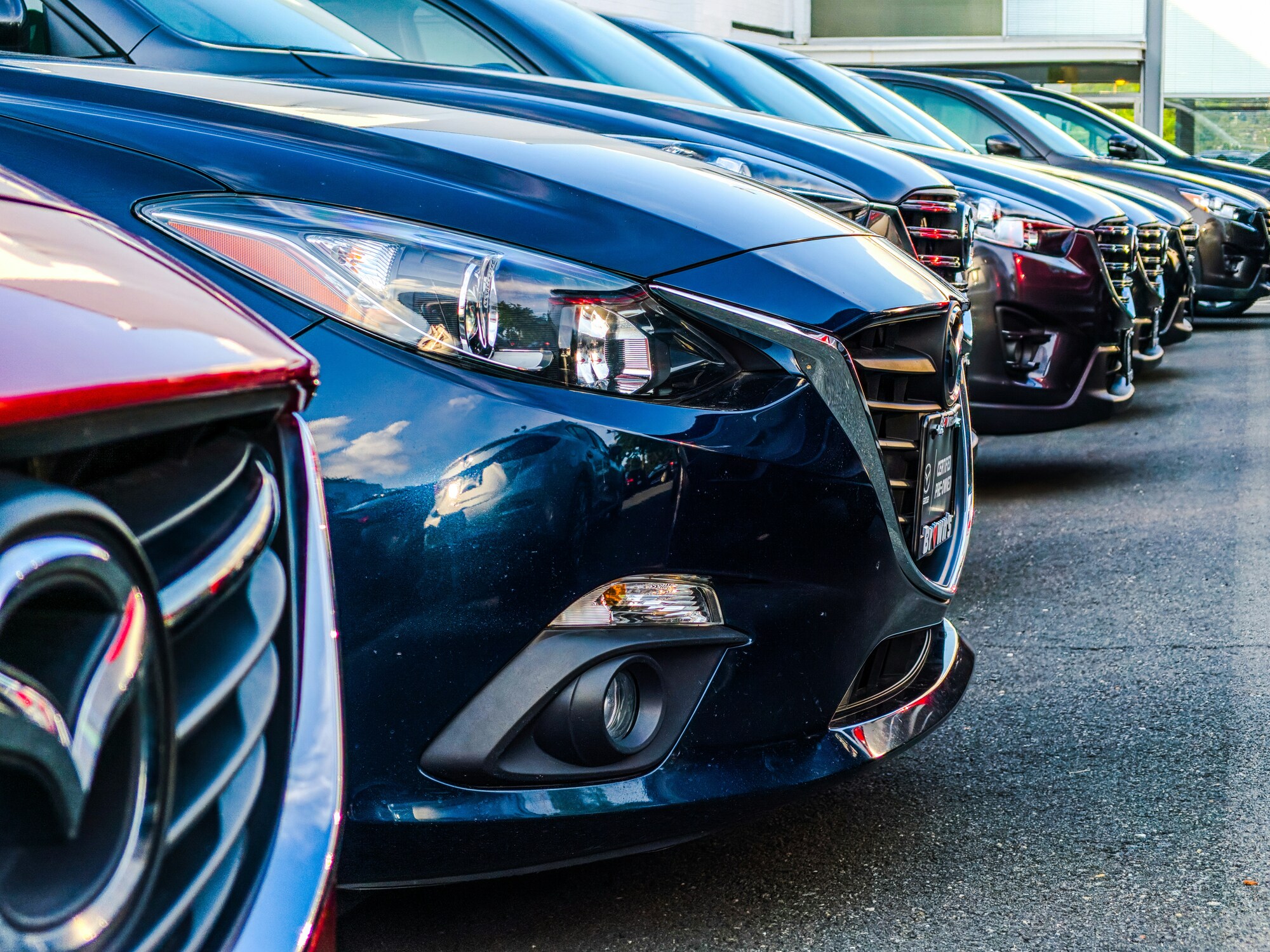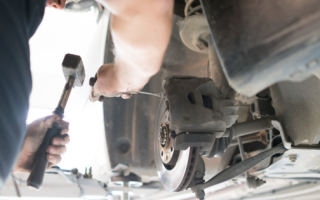
There’s a certain thrill that comes with stepping into a dealership and eyeing a pristine, brand-new car. The smell is intoxicating, the paint glistens under showroom lights, and the idea of driving off the lot in something untouched is undeniably tempting. But beneath the sleek surface of new vehicles and big smiles from salespeople lies a truth few want to talk about—buying a new car can be a financial trap. Not because the car itself is flawed but because dealerships often mask the reality of what you’re getting into.
From hidden fees to depreciation that hits the moment you turn the key, new cars carry costs most buyers don’t fully understand until it’s too late. And while dealerships are in the business of moving inventory, they’re also experts at making deals sound better than they really are.
That “Sticker Price” Is Just the Beginning
One of the most misleading parts of buying a new car is the window sticker. It might seem like the full price…until you start signing paperwork. Dealerships often add on fees that weren’t clearly communicated, such as document fees, destination charges, prep fees, and add-ons you didn’t request. By the time you’re done, the “great deal” has ballooned into something much more expensive. And it usually happens after hours of back-and-forth, when you’re mentally worn down and less likely to push back.
Depreciation Hits You Before You Get Home
The moment you drive a new car off the lot, it loses value. This isn’t just a cliché. It’s a financial reality. In many cases, that car is worth 10–20% less within minutes of ownership. And yet, most buyers are financing the full sticker price, plus extras. Should you need to sell or trade in the car in the first few years, you’ll likely owe more than it’s worth. It’s one of the most painful financial truths dealerships gloss over in the excitement of the sale.
“Zero Percent Financing” Isn’t Really Free
Zero percent financing sounds like a dream. But it’s usually reserved for those with top-tier credit, and even then, it often means giving up other discounts. Many manufacturers will offer either cash-back incentives or special financing—not both. So, while you might save on interest, you could be missing out on thousands in upfront savings. Dealers rarely break this down unless you ask very specific questions, and most buyers simply don’t know to ask.
Trade-In Tricks Can Cost You
Trading in your current car feels convenient, and dealerships know it. That’s why they often undervalue your trade-in while making the numbers look good elsewhere to distract from the loss. Sometimes, they roll your old loan into the new one, inflating what you owe without fully disclosing it. Other times, they’ll quietly pad the new car price to make up for what they “gave” you on the trade. Either way, you’re not getting the clean deal you think you are.

Optional Add-Ons Are High-Profit Scams
By the time you’re in the finance office, you’re often presented with a series of “optional” items: extended warranties, paint protection, gap insurance, nitrogen-filled tires, and more. These are offered at wildly inflated prices, and some are completely unnecessary. What’s worse, many buyers don’t realize they can say no or negotiate these costs. Dealers count on your eagerness to get the keys in hand and your reluctance to hold up the process.
Leases Come With Landmines
Leasing might seem like a smart move if you want lower monthly payments and a new car every few years. But leases are complex contracts with strict mileage limits, wear-and-tear fees, and fine print that can trap you in expensive penalties. If you try to get out early or turn it in with even small damage, expect to pay. Dealerships love leases because they keep you coming back, but they’re often far more expensive in the long run than they appear.
Incentives and Rebates Aren’t Always What They Seem
You may hear about thousands in rebates or special incentives, but they may not apply to you. Many rebates are only for current military members, recent graduates, or people who already own a specific brand. Others require you to finance through the dealership’s preferred lender at a less competitive rate. It’s a bait-and-switch tactic that gets buyers in the door with the promise of savings they’re unlikely to receive without strings attached.
Always Do Your Homework and Ask Questions
Driving away in a brand-new vehicle is a moment of pride for many people. But pride can come with a hefty price tag if you’re not careful. Dealerships are businesses, and their goal is to maximize profit—not necessarily to get you the best deal. While not every dealer is dishonest, the system is built to keep you uninformed and emotionally attached to the idea of “new.”
Doing your homework, asking direct questions, and being willing to walk away are your best defenses. And if you’re open to it, slightly used certified pre-owned vehicles often provide the same quality without the steep depreciation and extra fluff.
Have you ever discovered a hidden fee or detail after you bought a new car? What’s something you wish you’d known before signing?
Read More:
8 Hidden Hits New-Car Buyers Pay Before Their First Oil Change
Buying a Used Car? Here’s How to Avoid These 9 Costly Mistakes

Riley Jones is an Arizona native with over nine years of writing experience. From personal finance to travel to digital marketing to pop culture. When she’s not writing, she’s spending her time outside, reading, or cuddling with her two corgis.






Comments